Courtney Mattison es artista y defensora de los océanos, que trabaja con el objetivo de inspirar a políticos y al público en general, a preservar los mares. Sus obras escultóricas de cerámica trabajan en detalle la fragilidad de los corales y la amenaza que para éstos significan el avance del hombre.
Fotografía cortesía de Arthur Evans
Las obras de Mattison, caracterizadas por su gran tamaño, se han expuesto en lugares icónicos del arte y la ciencia, incluyendo la sede de la Administración Oceánica y Atmosférica Nacional (NOAA) en Washington DC, la Asociación Americana para el Avance de la Ciencia (AAAS), el Museo Tang , la Universidad del Centro Oceanográfico de Nova Southeastern y el Museo de Arte contemporáneo de Virginia, en un esfuerzo para promover la conciencia para la protección de nuestro planeta azul.
Fotografía cortesía de Courtney Mattison
Visión de la artista
“Amo a los arrecifes de coral por ser exóticos, diversos y con frecuencia venenosos. Tal vez sea porque soy pequeña y respeto a las pequeñas criaturas que construyen cosas grandes y bellas (…) Por desgracia, los arrecifes están tan amenazados por las emisiones de gases que produce el efecto invernadero, la contaminación y la sobrepesca que los científicos aseguran que el posible que los corales desaparezcan a finales de este siglo”, reflexiona Courtney Mattison.
Desde sus obras, la artista busca crear un impacto emocional para que el público comience a valorar el “planeta azul” en el que vivimos. A través del arte, Mattison representa la belleza de los arrecifes pero también el peligro a los que éstos están expuestos si no se cuida el océano. “Fabrico de forma artesanal esculturas de cerámica enormes y complejas inspirados en la fragilidad de la belleza de los arrecifes y las amenazas de origen humano que se enfrentan. Como lo hace un coral, que construye con paciencia grandes estructuras metódicamente diseñadas, delicadas y pedregosas que pueden cambiar un ecosistema; yo construyo formas huecas con bobinas de la arcilla y herramientas simples”
El trabajo artístico de Mattison es delicado y minucioso, además utiliza herramientas simples y materiales que puedan similar casi perfectamente los arrecifes.
Fotografía cortesía de Arthur Evans
Conciencia ecológica de su trabajo
El trabajo con cerámica requiere una cantidad significativa de energía, como por ejemplo para encender los hornos. Esto también es tenido en cuenta por la artista, quien hace todos los esfuerzos necesarios para reciclar, reducir los residuos y el uso de energías. También hace una donación anual de los ingresos provenientes de su trabajo en beneficio de “Mission blue”, una iniciativa de la “Sylvia Earle Alliance” fundada por la legendaria oceanógrafa Dr. Sylvia Earle.
Fotografía cortesía de Arthur Evans
«Our Changing Seas», Courtney Mattison’s last work
Courtney Mattison is an artist and ocean advocate working to inspire policy makers and the public to conserve our changing seas. She primarily hand-sculpts intricately detailed ceramic sculptural works inspired by the fragile beauty of coral reefs and the human-caused threats they face. Courtney’s intricate and often large-scale ceramic sculptural works have been exhibited at prominent science and art venues including the Washington D.C. headquarters of the National Oceanic and Atmospheric Administration (NOAA) and the American Association for the Advancement of Science (AAAS), the Tang Museum, the Nova Southeastern University Oceanographic Center and the Virginia Museum of Contemporary Art in an effort to promote awareness for the protection of our blue planet.
Fotografía cortesía de Thad Vickery
Fotografía cortesía de Derek Parks
ARTIST STATEMENT
I love coral reefs for being exotic, diverse and often venomous. Perhaps it’s because I’m small and I respect small creatures that build big beautiful things, but I feel like I relate to corals—arguably one of the least relatable animals—on a very deep level. Sadly, reefs are so threatened by our greenhouse gas emissions, pollution and overfishing that scientists agree that they may cease to function by the end of this century. As an ocean “artivist” (artist-activist) with a background in marine ecology, I believe art impacts our emotions and can move us to value the blue planet we live on in ways that scientific data often cannot. We protect what we care about and we care about what we know and understand. Art can bring the beauty and peril of reefs above the surface and into view and can inspire us to protect the ocean.
I hand-build enormous and intricate ceramic sculptural installations inspired by the fragile beauty of reefs and the human-caused threats they face. I enjoy feeling like a coral, patiently and methodically constructing large, delicate, stony structures that can change an ecosystem. I build hollow forms by pinching together coils of clay and use simple tools like chopsticks to texture each piece by hand – often poking thousands of holes to mimic the repetitive growth of coral colonies. Individual coral polyps precipitate calcium carbonate from seawater to form stony skeletons that grow atop one another to compose the vast, complex structures we know as reefs. It therefore feels essential that the medium of my work be ceramic, as calcium carbonate also happens to be a common glaze ingredient. Not only does the chemical structure of my work parallel that of a natural reef, but brittle porcelain anemone tentacles break easily if improperly handled, similar to the delicate bodies of living reef organisms. This shared sense of fragility is fundamental to the message of my work.
Fotografía cortesía de Courtney Mattison
CONSERVATION
The production of ceramic sculptural works requires a significant amount of energy to fire kilns, power and ventilate the studio and transport pieces. Courtney makes every effort to recycle, reduce waste, purchase bulk and local materials and only fire full kilns. She also makes an annual donation of proceeds from her work to benefit Mission Blue, an initiative of the Sylvia Earle Alliance founded by legendary oceanographer Dr. Sylvia Earle to inspire “a sea change in public awareness and support for a global network of marine protected areas—Hope Spots—ranging from the deepest ocean to sunlit reefs and from the seamounts of the high seas to coastal seagrass meadows.» By raising awareness about the importance of Hope Spots, Mission Blue aims to see 20% of the ocean protected by 2020. Currently less than 4% of the ocean is protected in any way.

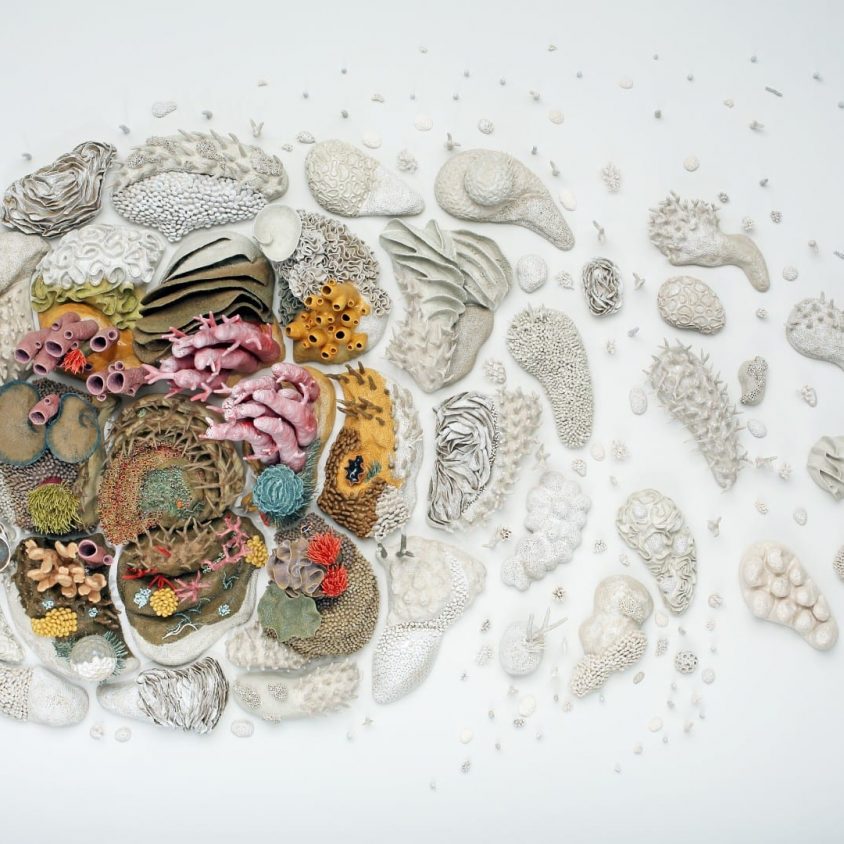
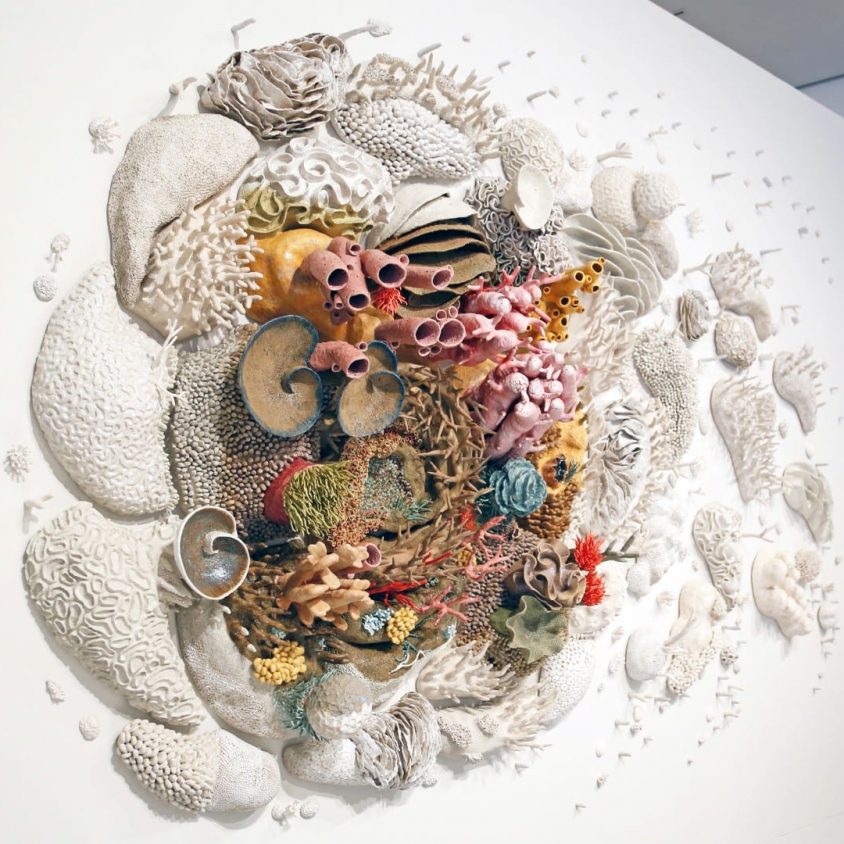
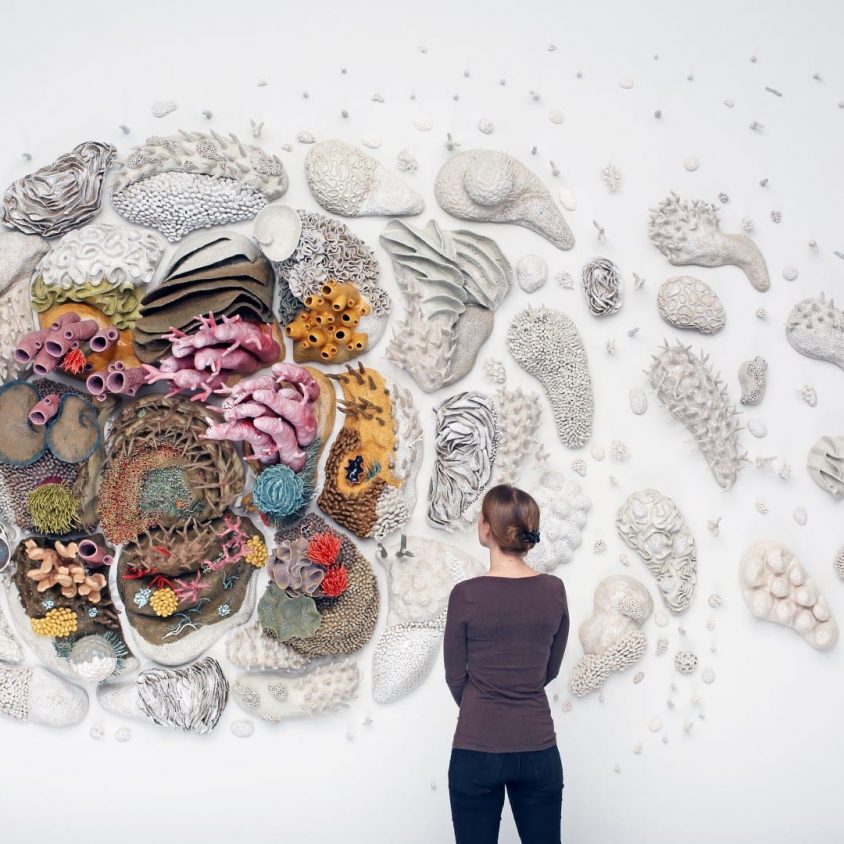
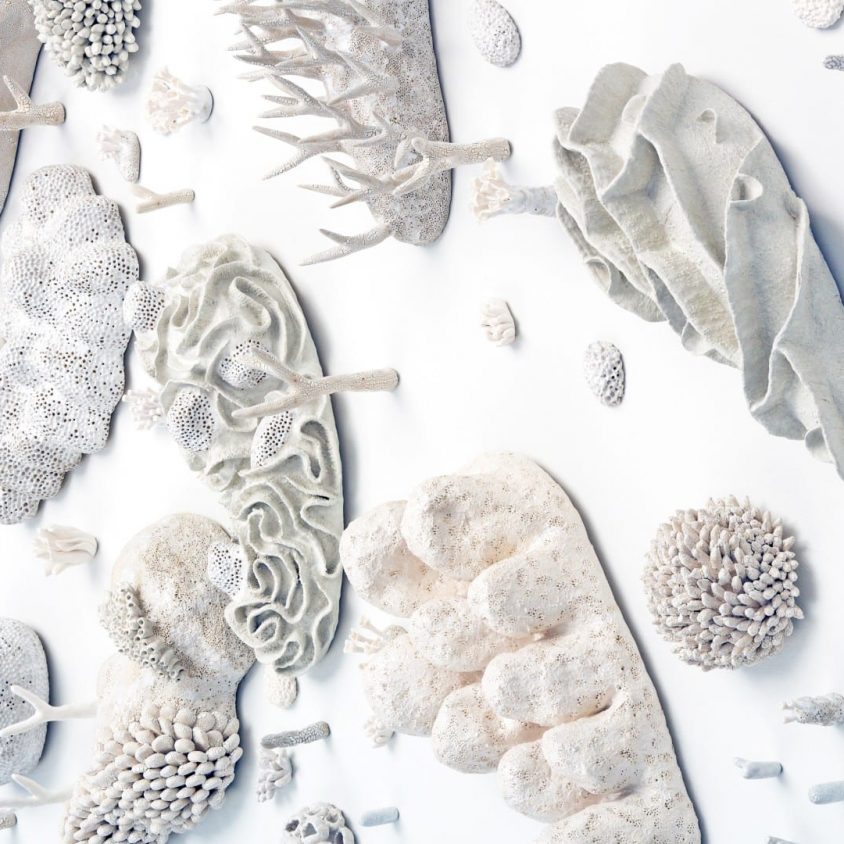

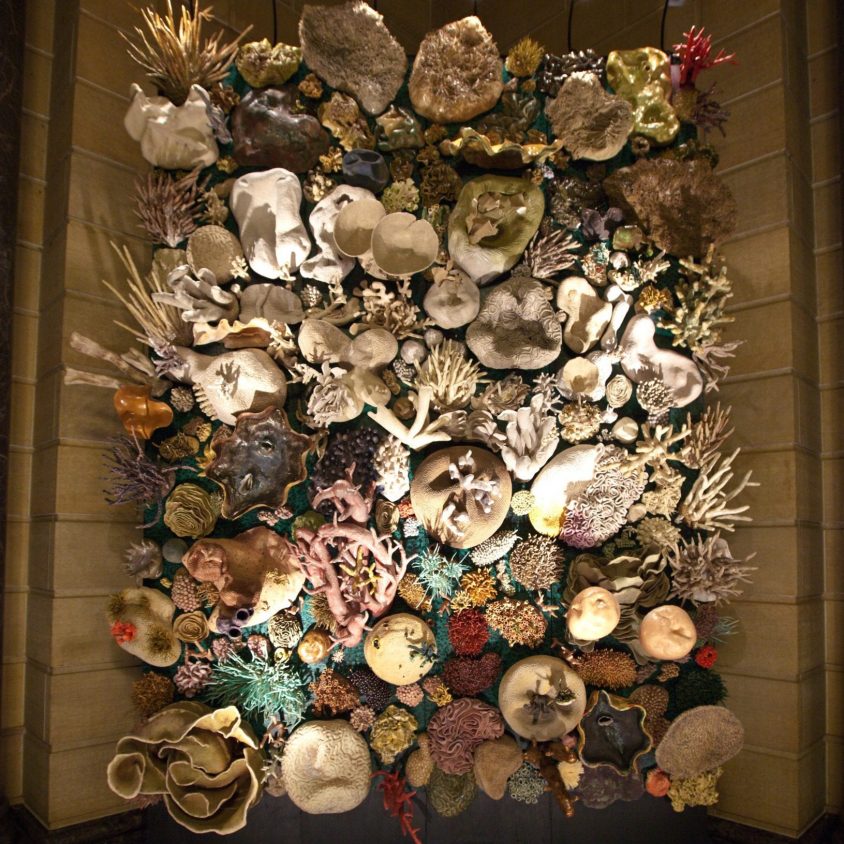
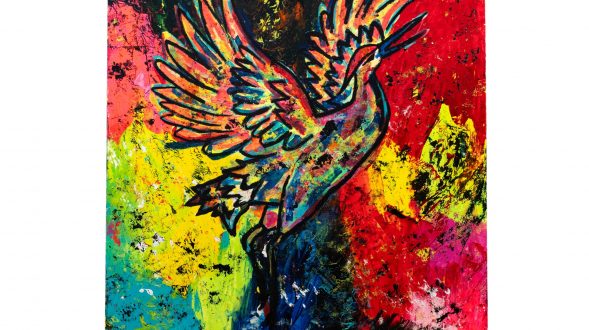 La Colección Grey Heron: El Nuevo Capítulo Artístico de Luís Leão
La Colección Grey Heron: El Nuevo Capítulo Artístico de Luís Leão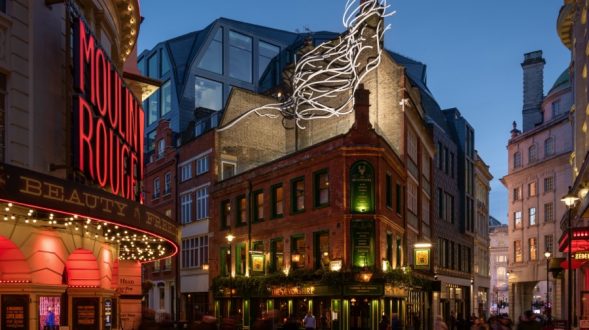 ‘Londres es un bosque’: reconstruyendo la ciudad con una sorprendente escultura en el edificio Lucent de Piccadilly Circus
‘Londres es un bosque’: reconstruyendo la ciudad con una sorprendente escultura en el edificio Lucent de Piccadilly Circus El Ojo del Huracán por la artista Coline Raposa
El Ojo del Huracán por la artista Coline Raposa Pinta BAphoto
Pinta BAphoto
